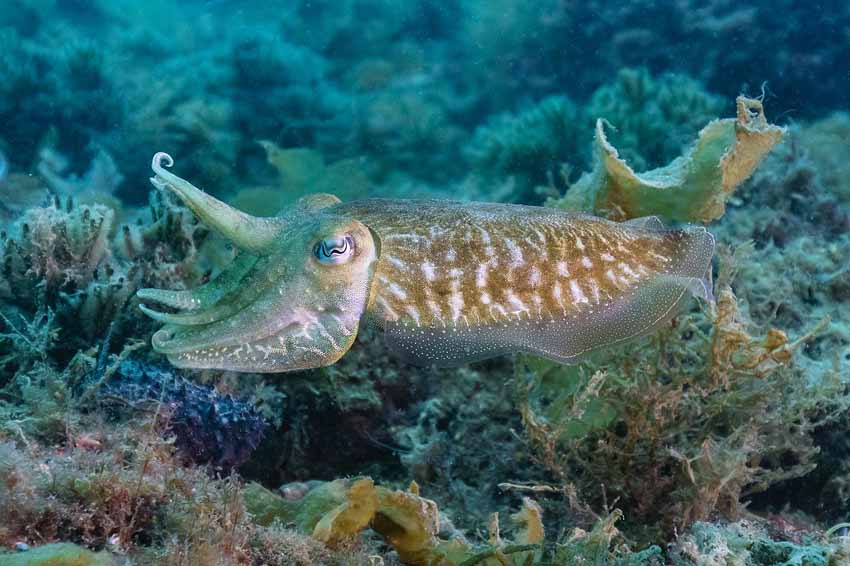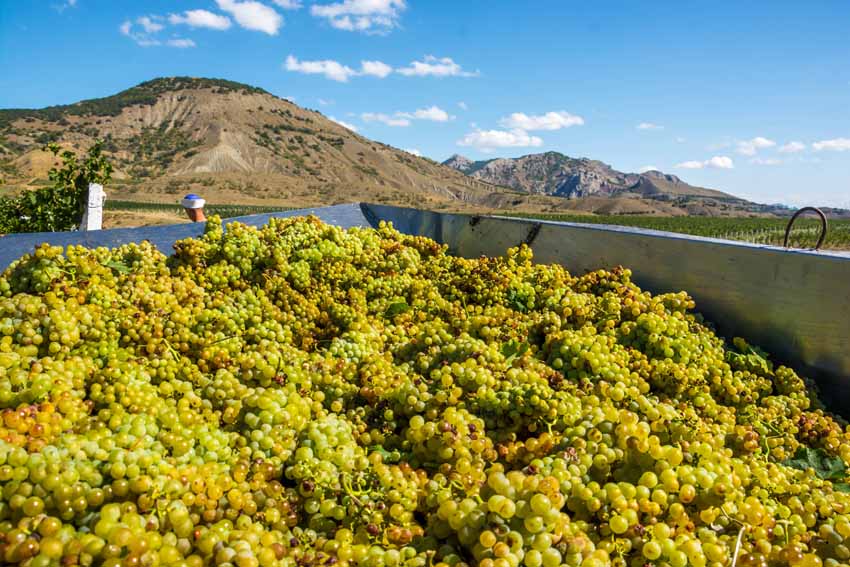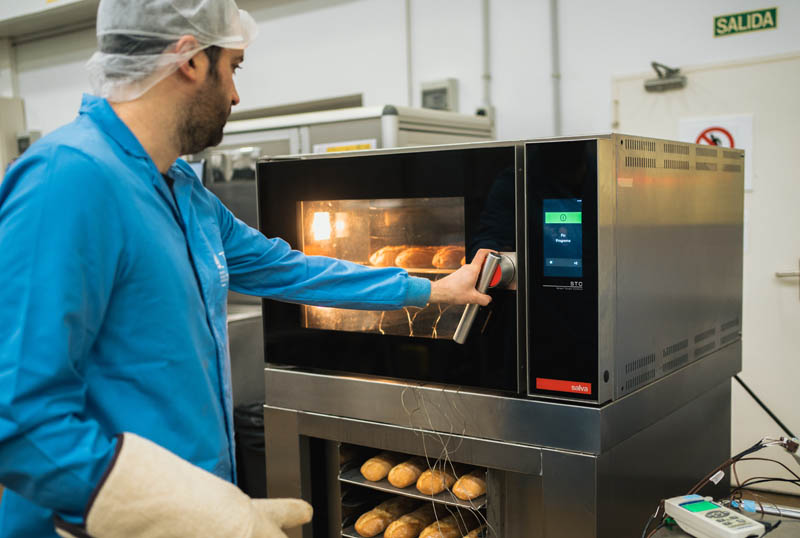A transnational solution to fight eel decline
Últimas noticias
Una mirada LGTBIQ+ al reino animal
Circular Economy in Action: Valorisation of By-products through Projects like PRIMA NEWFEED
Strategic Perspectives: Highlights from the Food4Future World Summit for Business Leaders
- AZTI has coordinated the European SUDOANG project to improve the management of the eel stock in Southwest Europe by means of scientific data and a common strategy for monitoring the evolution of the species.
- An online tool allows easy visualisation of indicators on the status of the species and its habitat in France, Spain and Portugal and a governance platform has been proposed to foster collaboration between stakeholders in sustainable eel management.
Sukarrieta, 15 September 2021 – The European eel, a species with a long tradition of fishing and consumption in Europe, is critically endangered according to the International Union for Conservation of Nature (IUCN). Although in 2007 the EU established a regulation requiring member states to draw up Eel Management Plans, more than a decade later the species has shown no signs of recovery. Lack of data and variability of assessment methods have limited the scope and effectiveness of monitoring a species that, although a single stock, is assessed and managed as separate units. For this reason, finding new tools to help improve its conservation at the international level has become an immediate necessity.
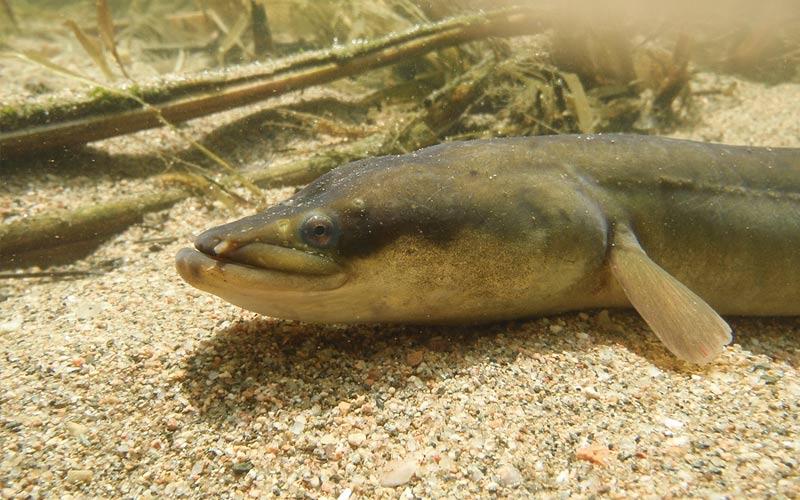
In this context, the AZTI technology centre, a member of the BRTA alliance, has coordinated the European SUDOANG project, financed by the European Union’s Interreg Sudoe programme, with the aim of providing those responsible for the management and evaluation of the European eel in Spain, France and Portugal with the necessary tools to make the right decisions based on scientific data.
“The European eel is outside the safe biological limits and shows no signs of recovery despite the measures that have been taken in recent years,” explains Estíbaliz Díaz, an expert in sustainable fisheries management at AZTI. “The data we have obtained clearly show that the negative trend in the population continues, both in terms of eel recruitment and spawning eel biomass,” regrets the AZTI expert.
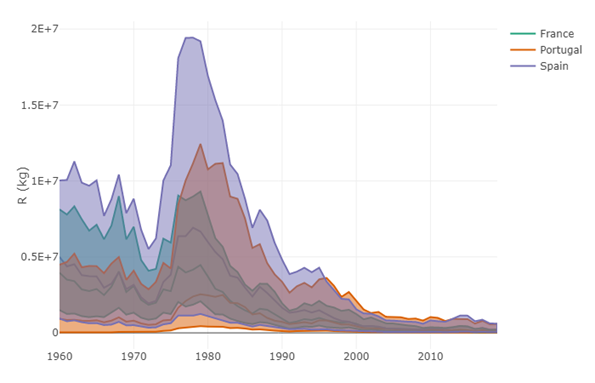
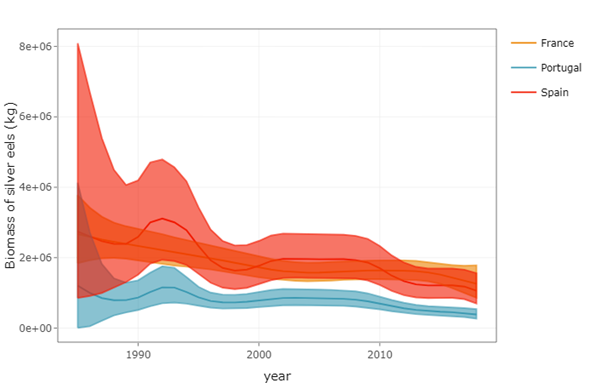
With the aim of finding solutions to a transnational stock, the specialists of the SUDOANG project, which started in March 2018 and has just ended, have developed two products for the management and conservation of the species in the SUDOE area: an online tool to easily visualise physical and biological information on eels (VISUANG) and a governance platform (GOBERNANG), a participative tool to foster collaboration between stakeholders in the sustainable management of eels.
Índice de contenidos
A transnational methodology
VISUANG is available on the project website so that those involved in European eel management can easily view indicators on the status of the species and its habitat.
In order to calculate eel status indicators, data have been collected from almost 49,000 surveys at more than 23,000 points in rivers in Spain, France and Portugal. In addition, information has been collected on 100,000 obstacles to eel migration in these countries. This information has been complemented by sampling using common protocols in 10 pilot river basins located in the Mediterranean and the Atlantic and representing various ecosystems of the SUDOE area.
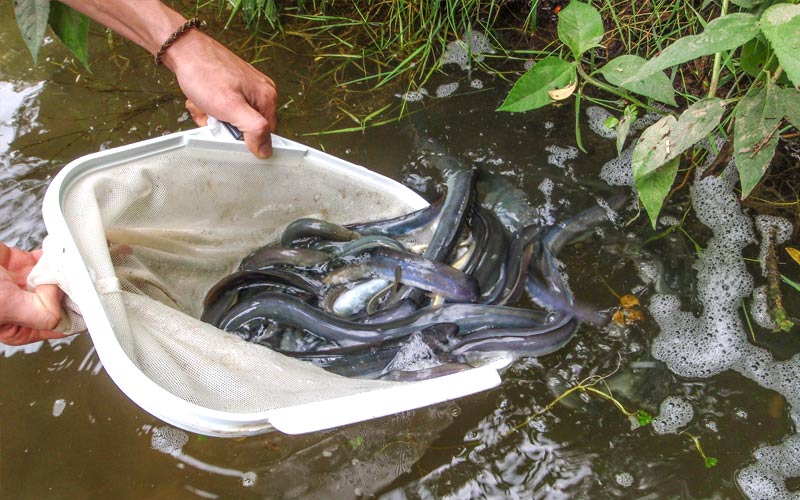
“All indicators have been derived using agreed models and methodologies and are therefore fully comparable. In this way, we offer the best possible information to eel stakeholders, so that they can make decisions based on the best scientific evidence. In the project we have followed an open data policy, so the methodologies and results are available on the project website. In this way, SUDOANG can be extended to other European areas; in fact, some colleagues have already shown their interest in doing so,” says Díaz.
Fostering collaboration and dialogue
On the other hand, the GOBERNANG platform has been built to facilitate the governance of eel in the SUDOE area, fostering dialogue between stakeholders to contribute to the coordinated and effective management of the species.
“Historically, eel management has been carried out at national and regional levels as if they were isolated populations. The lack of dialogue, coordination and joint strategies of the actors involved in eel conservation, both between the different levels (local/regional/national) and (scientific/management/fisheries/NGOs), has meant that measures have not been taken in a coordinated manner. Through GOBERNANG, we want to encourage collaborative participation, promote good practices and facilitate co-responsible and sustainable management in the SUDOE area” concludes the researcher.
Coordinated by AZTI, the SUDOANG project has been promoted by a group of eel specialists from Spain, France and Portugal. In addition, other agents with responsibility in the conservation, management and recovery of eel have been involved: managers, trade and illegal fishing control forces, environmental NGOs and fishermen’s associations.
The results of SUDOANG will improve the scientific advice needed to achieve the conservation of the species.
